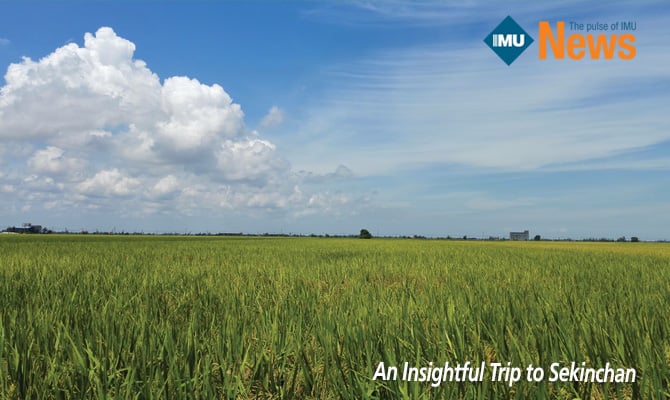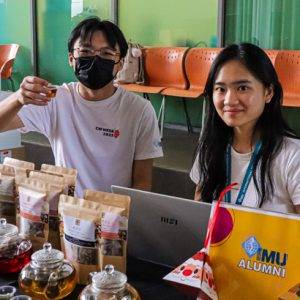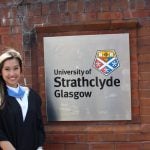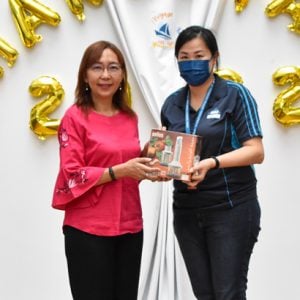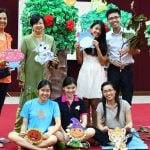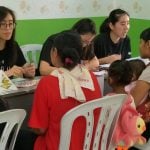Organised by IMU Eco Friends Club, Trip to Sekinchan 18 June 2016 Visit to Paddy Processing Factory and Paddy Museum Introduction Rice, is the staple food of most Asian countries, including Malaysia. We eat rice everyday and yet have you all wondered how rice, ended up in our bowls? Hoping to provide an opportunity for IMU students to observe the complete process of rice production as well as raise awareness on food wastage, Eco Friends Club had made this Sekinchan trip a reality. In the meantime, this trip also provided a reason for students to go outdoors and have fun. What We Did In Chinese Teo Chew dialect, Sekinchan means “land suitable for farming”. Located in north-west of Selangor, it is recognised as one of the major rice production areas in Malaysia. Fields of paddy can be seen at Sekinchan and as most of us lived in the city, this is a scene that cannot be seen often. The mere thought of the enormity of the land that will be covered with paddy left quite an impression on us. 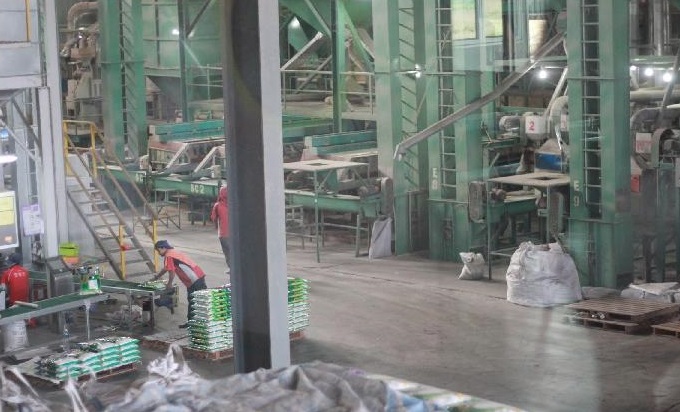 Upon reaching Sekinchan, the bus made a beeline to PLS Marketing (M) Sdn. Bhd and this was where we were able to peek in the paddy processing factory and explore the paddy museum. A small briefing session was delivered by one of the staff and some video clips were played. These videos featured mechanised rice production from seed selection, land preparation and planting, fertilisation, weeding and harvesting. Besides that, the videos also provided an insight on the process of milling, grading and packaging of rice.
Upon reaching Sekinchan, the bus made a beeline to PLS Marketing (M) Sdn. Bhd and this was where we were able to peek in the paddy processing factory and explore the paddy museum. A small briefing session was delivered by one of the staff and some video clips were played. These videos featured mechanised rice production from seed selection, land preparation and planting, fertilisation, weeding and harvesting. Besides that, the videos also provided an insight on the process of milling, grading and packaging of rice. 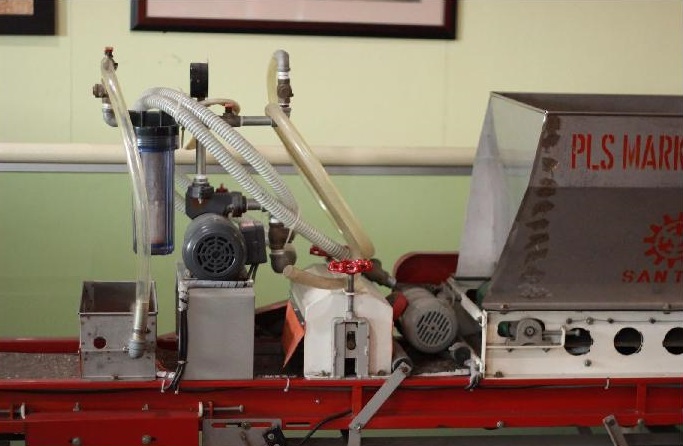 After that, we were brought to the rice milling processing area to observe the various rice production processes. Along the way, the friendly staff patiently explained each process and answered all our questions. With this, we were able to realise that the whole process for rice to be served in our bowls was not an easy task and how technologies were able to help hasten the process.
After that, we were brought to the rice milling processing area to observe the various rice production processes. Along the way, the friendly staff patiently explained each process and answered all our questions. With this, we were able to realise that the whole process for rice to be served in our bowls was not an easy task and how technologies were able to help hasten the process. 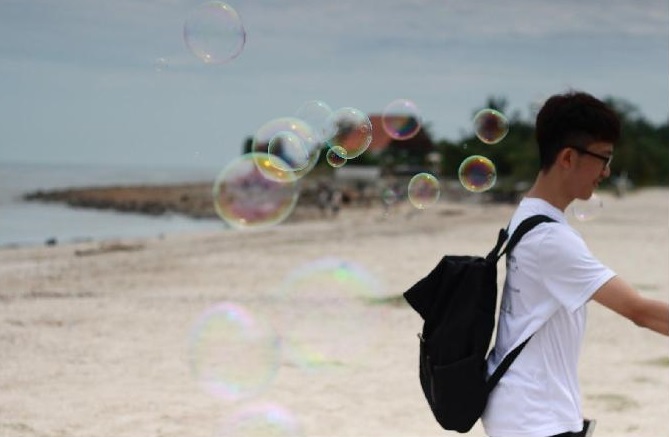 In the museum, there were many self-explanatory posters that we could read as well as many old tools that were used in the olden days to grow and process rice. From there, we were able to know how much more difficult it was for previous generations to obtain rice. The last stop was the souvenir shop and at 12 noon, we headed to Wan Chai Mango King to purchase mangoes. It was enlightening to be introduced to the many types of mangoes available. Some of us even got to try some samples. Then lunch time came and all of us proceeded to Redang Beach to enjoy our packed lunch- “nasi lemak”. The weather was really nice and it was windy. Many were content to just roam around the beach while some can be seen having fun blowing bubbles using soap water. We were all a little sad when it was time to leave but all in all, we all agreed that this trip was meaningful and fun.
In the museum, there were many self-explanatory posters that we could read as well as many old tools that were used in the olden days to grow and process rice. From there, we were able to know how much more difficult it was for previous generations to obtain rice. The last stop was the souvenir shop and at 12 noon, we headed to Wan Chai Mango King to purchase mangoes. It was enlightening to be introduced to the many types of mangoes available. Some of us even got to try some samples. Then lunch time came and all of us proceeded to Redang Beach to enjoy our packed lunch- “nasi lemak”. The weather was really nice and it was windy. Many were content to just roam around the beach while some can be seen having fun blowing bubbles using soap water. We were all a little sad when it was time to leave but all in all, we all agreed that this trip was meaningful and fun.




